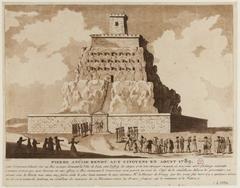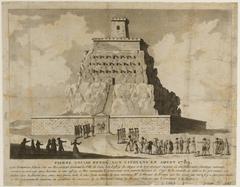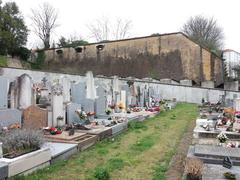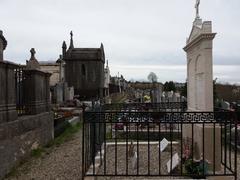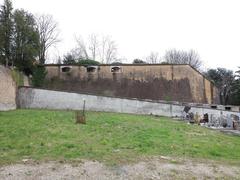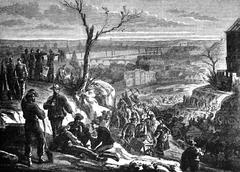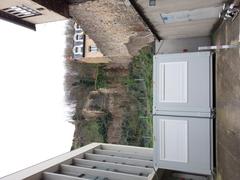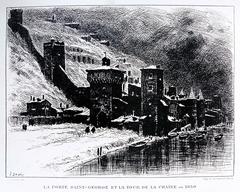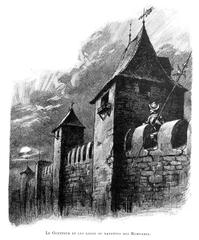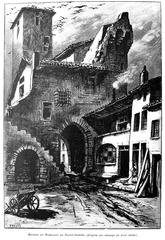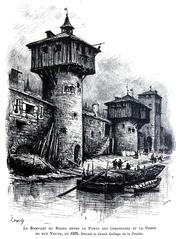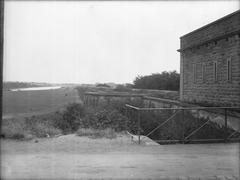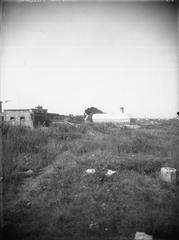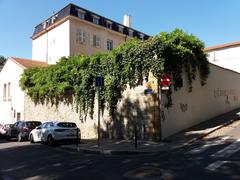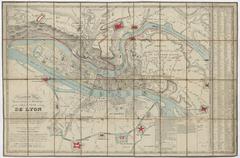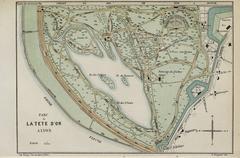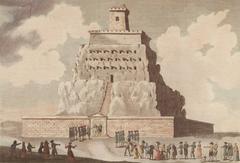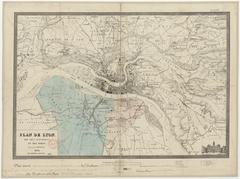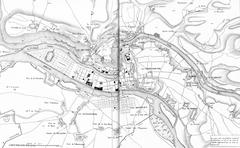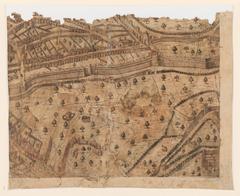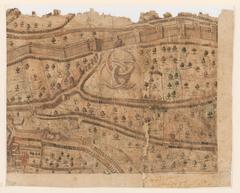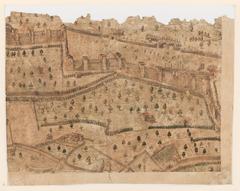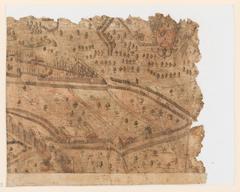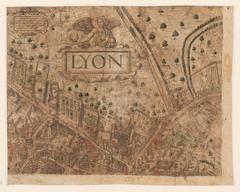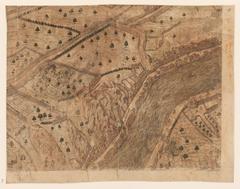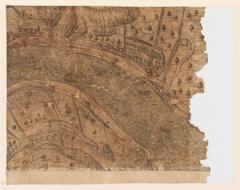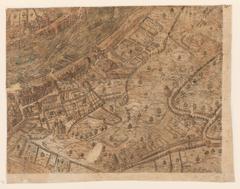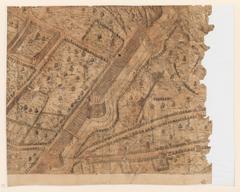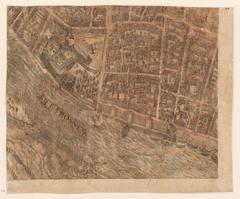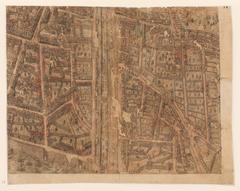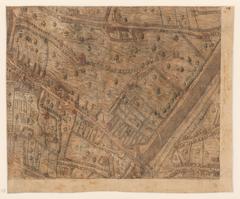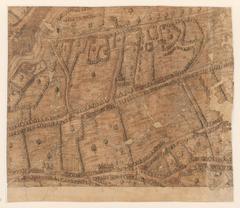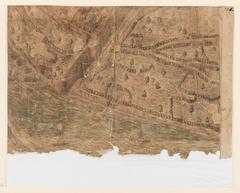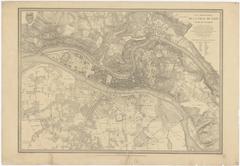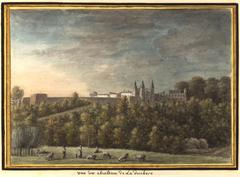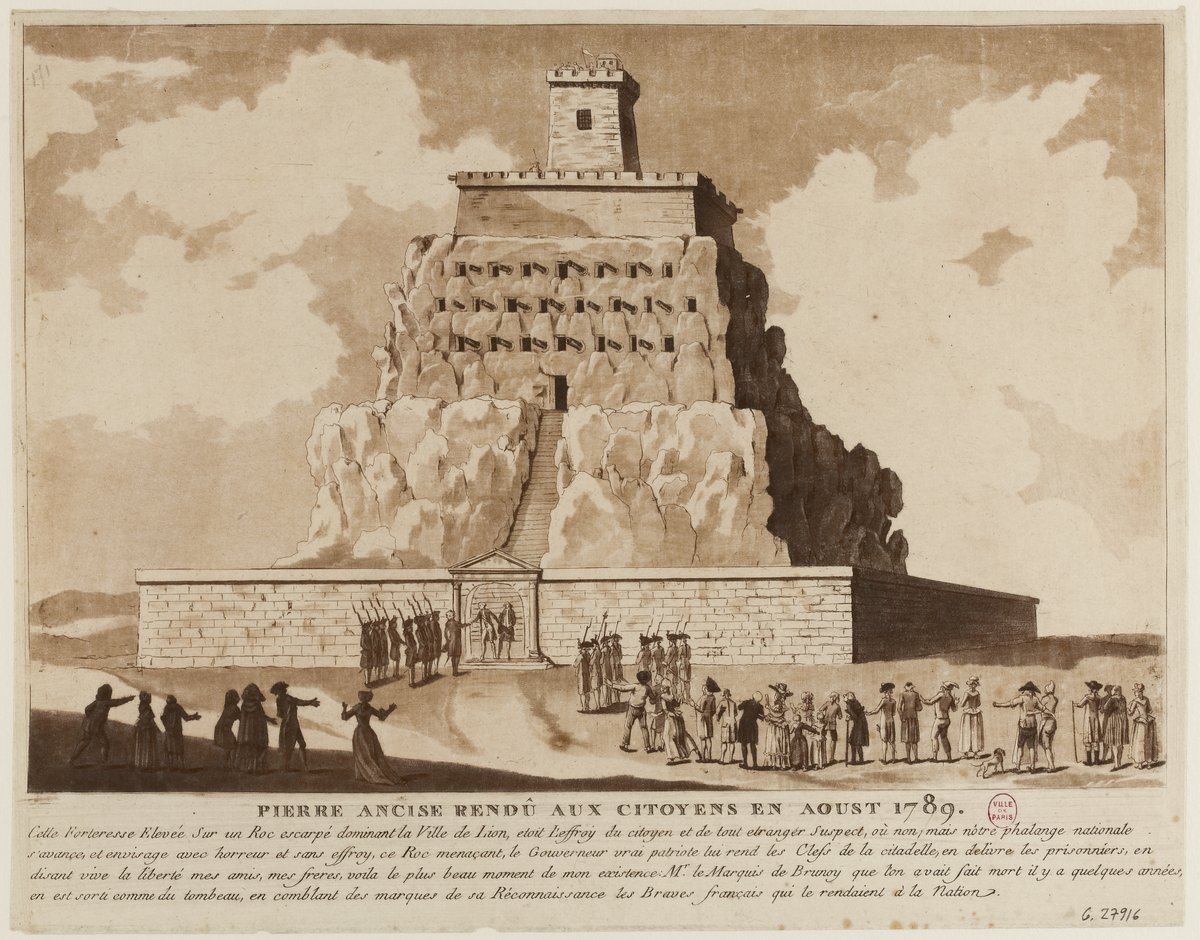
Lyon Fortifications Visiting Hours, Tickets, and Historical Sites Guide
Date: 15/06/2025
Introduction to Lyon’s Fortifications
Lyon’s fortifications present a captivating journey through centuries of military innovation and urban transformation, shaped by the city’s pivotal location at the confluence of the Rhône and Saône rivers. As France’s third-largest city, Lyon has long been a strategic and economic hub, leading to the development of extensive defensive networks from the early 19th century through the late 1800s. Today, visitors can explore remnants of these fortifications, including the Fort de Bron, Fort Mont Verdun, and Fort de Vaise, each representing significant milestones in military architecture and urban planning. Understanding visiting hours, ticketing options, and accessibility is essential for planning an enriching exploration of these remarkable sites. For up-to-date details, consult the Fort de Bron website and the Lyon Tourist Office.
Contents Overview
- Historical Context & Early Fortifications
- Architectural Evolution: Rohault de Fleury and Séré de Rivières Systems
- Key Forts: Fort de Bron, Fort de Vaise, and Others
- Visiting Information: Hours, Tickets, Accessibility
- Nearby Attractions & Events
- Practical Visitor Tips
- Frequently Asked Questions (FAQ)
- Resources & Further Information
Historical Context and Strategic Importance
Lyon’s fortifications were designed to defend the city from invasion, control vital trade routes, and assert state authority. Since antiquity, Lyon has been fortified to secure its status as a major crossroads and center of commerce and industry. Its strategic significance led to major fortification projects in the 19th century, making it a vital “place forte” in national defense (Fort de Bron Official Site).
Architectural Evolution
The Rohault de Fleury System (1831–1860)
Following the Napoleonic Wars, France invested in modernizing urban defenses. Under Maréchal de Camp Rohault de Fleury, Lyon’s first ring of fortifications was constructed. This system included 18 forts spaced 600 to 800 meters apart over a 26-kilometer perimeter, connected by bastioned walls and earthworks. These defenses were instrumental during local uprisings, such as the Canut revolts.
The Séré de Rivières System (1874–1893)
After the Franco-Prussian War exposed the limitations of earlier designs, Colonel Raymond-Adolphe Séré de Rivières oversaw the construction of a second, more advanced ring of polygonal forts with reinforced earthworks and concrete. Key sites from this era include Fort Mont Verdun, Bron, Feyzin, and Vancia, strategically positioned to form a mutually supportive network. Urban enclosures augmented the system with crenellated walls, bastions, and gates.
Key Sites and What to See
Fort de Bron
- Location: Chemin Vieux, 69500 Bron
- Access: Tramway T2-T5 (Les Alizé), Bus C15 (Fort de Bron)
- Significance: A prime example of late 19th-century defensive design, featuring a pentagonal layout and historic drawbridge. Guided tours are offered monthly; advance booking is essential.
- Visiting Hours: Wednesday–Sunday, 10:00 AM–6:00 PM; last admission 5:00 PM
- Tickets: €7.50 (discounts for students, seniors, families); group rates available
- Accessibility: Wheelchair-accessible areas and facilities for visitors with reduced mobility
- More Information: Fort de Bron Official Site
Fort de Vaise
- Location: 27 boulevard Antoine de Saint-Exupéry, 69009 Lyon
- Access: Métro D to Valmy, Bus 90 (Fort de Vaise Les Carriers), or 10-minute walk from metro
- Current Use: Cultural and heritage venue hosting art exhibitions and guided tours, particularly during European Heritage Days
Fort Saint-Irénée
- Location: 2 rue Sœur Bouvier, 69005 Lyon
- Access: Bus C20E from Bellecour (Saint-Irénée)
- Highlights: Features the Nouvel Institut Franco-Chinois and the arches of the ancient Gier Roman aqueduct; courtyard accessible during cultural center opening hours
Fort du Paillet
- Location: Chemin du Fort, 69570 Dardilly
- Access: Bus 3 from Gorge de Loup (Dardilly Le Paillet)
- Current Use: Home to local associations; guided tours on the first Saturday of each month (check the association’s website for details)
Fort de Vancia
- Location: Fort de Vancia, 69140 Rillieux-la-Pape
- Access: Bus C5 from Cordeliers (Fort de Vancia – Vancia le Bas)
- Current Use: Features adventure courses and escape games; guided tours mainly during European Heritage Days
Fort de Feyzin
- Location: Feyzin (south of Lyon)
- Current Use: Restored and set within wooded grounds with a botanical trail; hosts guided tours and special events
Urban and Cultural Legacy
Lyon’s fortifications have shaped the city’s urban development, influencing neighborhood growth, infrastructure, and the modern cityscape. Many forts have been repurposed as parks, cultural centers, and community spaces—such as Fort de Vaise and Fort de Loyasse—hosting art exhibitions, festivals, and educational workshops. This integration supports both heritage preservation and vibrant local life.
Visiting Information: Hours, Tickets, and Tours
- General Hours: Most forts are open from April to October, typically from 10:00 AM to 6:00 PM. Some, like Fort de Bron, have specific opening days (Wednesday–Sunday).
- Tickets: Many sites are free to access, especially if integrated into public parks. Guided tours and special exhibitions may require a ticket (€7.50 for Fort de Bron; discounts and packages available).
- Guided Tours: Offered at major forts, especially on weekends and during European Heritage Days. Advance booking is recommended.
- Accessibility: Public transport (metro, tram, bus) connects central Lyon to most forts. Accessibility for visitors with reduced mobility varies—check official sites for specifics.
Nearby Attractions and Events
- Parc de la Tête d’Or: Major urban park near several fortifications
- Basilica of Notre-Dame de Fourvière: Iconic landmark with panoramic city views
- Gallo-Roman Museum and Amphitheatre: Explore Lyon’s ancient heritage
- Presqu’île and Vieux Lyon: Historic districts with restaurants, boutiques, and traboules
- Cultural Events: Many forts host exhibitions, concerts, and historical reenactments, especially during European Heritage Days in September
Practical Visitor Tips
- Start your exploration at the Lyon Tourist Office for maps and advice
- Consider the Lyon City Card for museum access, tours, and public transport
- Wear comfortable shoes for walking on uneven terrain
- Bring water and snacks, as on-site amenities are limited
- Check official websites for special event schedules and temporary closures
Visual Experience and Media
Many forts are situated on elevated grounds, offering panoramic views of the city—ideal for photography. Look for interpretive panels, exhibitions, and online virtual tours to enrich your understanding. For visual inspiration, see images and videos provided by official sites and visitor centers, with alt tags optimized for accessibility and search.
Frequently Asked Questions (FAQ)
Q: What are the visiting hours for Lyon’s fortifications?
A: Hours vary by site; most major forts are open from 10:00 AM to 6:00 PM, April–October. Check specific fort websites or the Lyon Tourist Office for updates.
Q: Are tickets required?
A: Many forts are free, especially those in public parks. Guided tours or special events may require a ticket (e.g., €7.50 at Fort de Bron).
Q: Are guided tours available in English?
A: Most are in French, but English-language materials or guides may be provided during major events.
Q: How do I reach the forts?
A: Lyon’s public transport system (metro, tram, bus) connects to most fort locations.
Q: Are the fortifications suitable for families?
A: Yes; many offer educational programs and children’s activities, especially during festivals and European Heritage Days.
Summary and Visitor Recommendations
Lyon’s fortifications embody a profound narrative of military innovation, urban development, and cultural heritage. From the Rohault de Fleury ring to Séré de Rivières polygonal forts like Fort de Bron and Fort de Vancia, these sites offer tangible connections to Lyon’s strategic past and architectural evolution. Many now serve as vibrant community spaces, hosting cultural events and educational activities. To make the most of your visit, check current hours, ticketing, and event schedules via the Lyon Tourist Office and Fort de Bron’s official site. For enhanced experiences, download the Audiala app for guided audio tours and follow Lyon’s heritage channels for updates.
Resources & Further Information
- Fort de Bron Official Site
- Visiter Lyon – Visiting the Forts of Lyon
- Lyon Tourist Office
- Patrimoine Lyon – Fortification Remains
- Musée Militaire de Lyon – Forts & Fortifications
- Lyon City Card
- OCRA-Lyon Heritage Association
